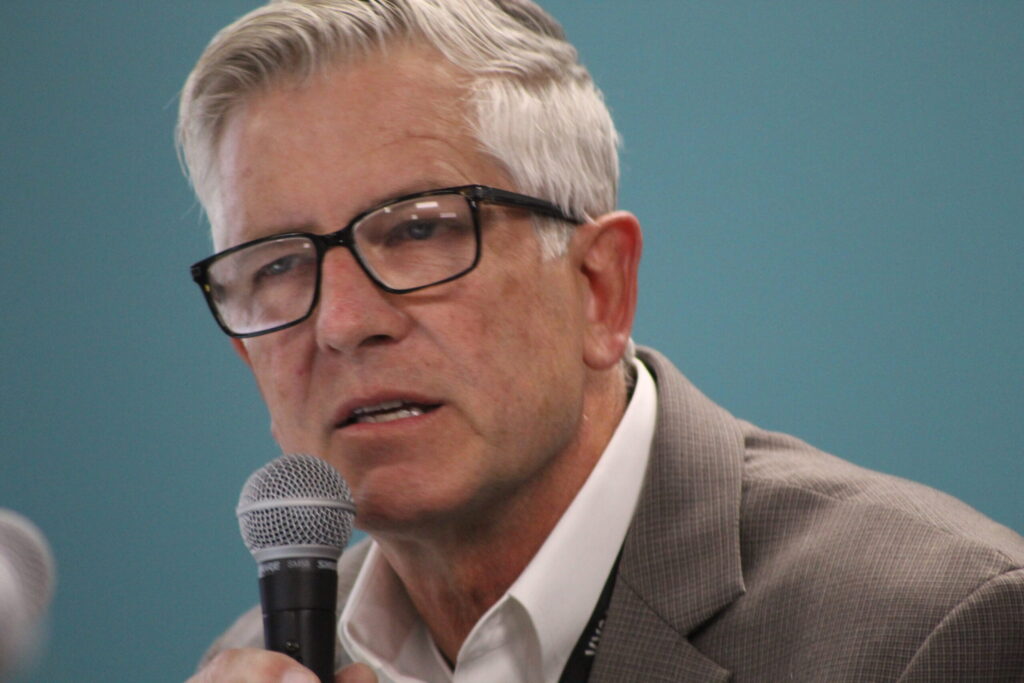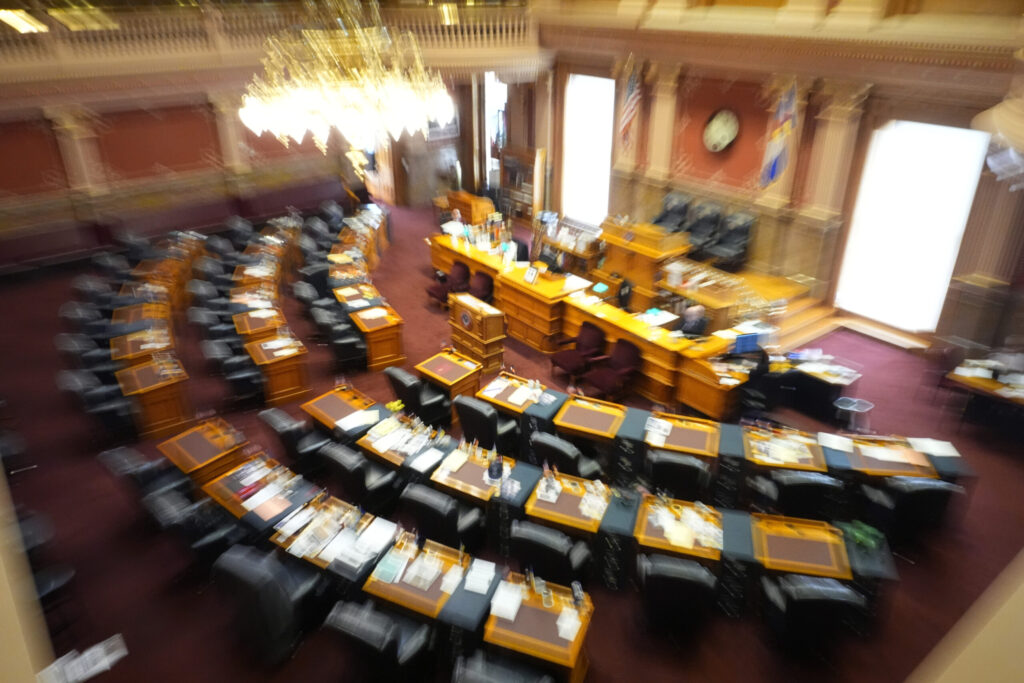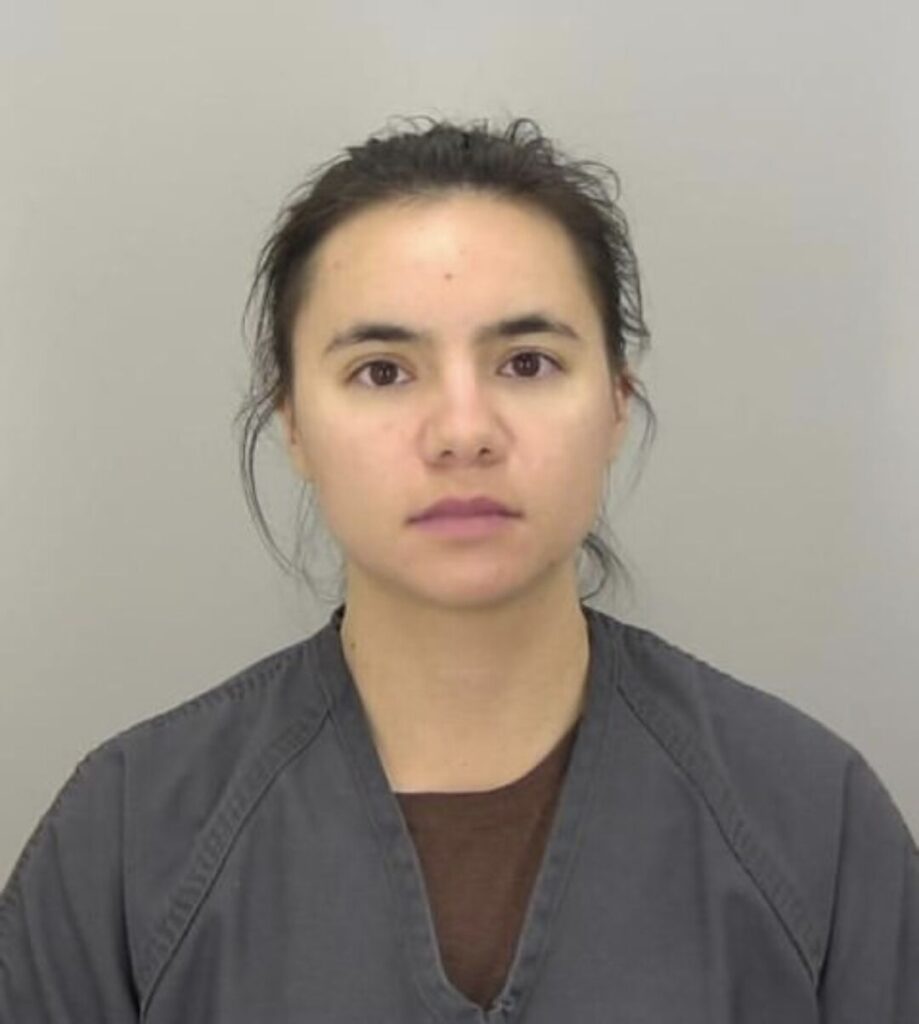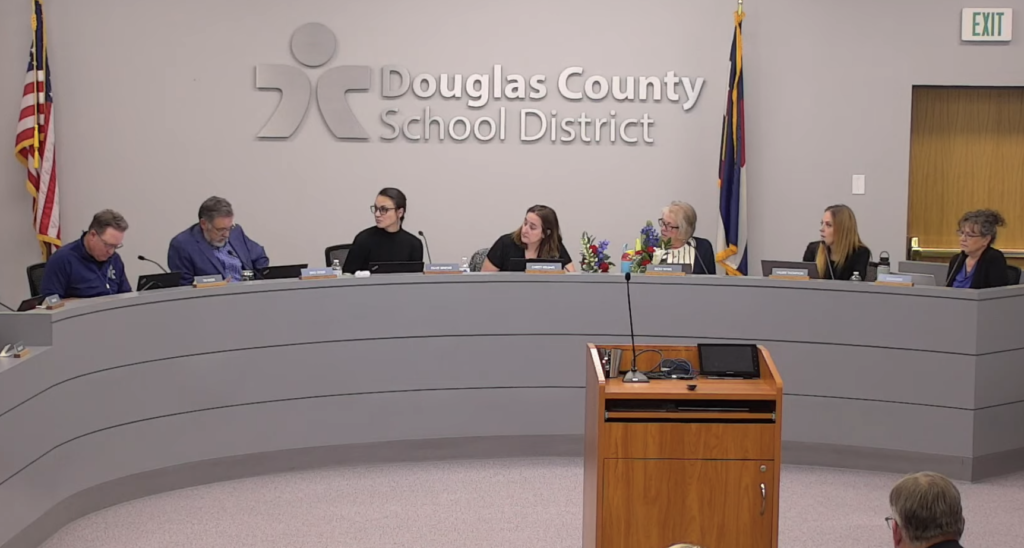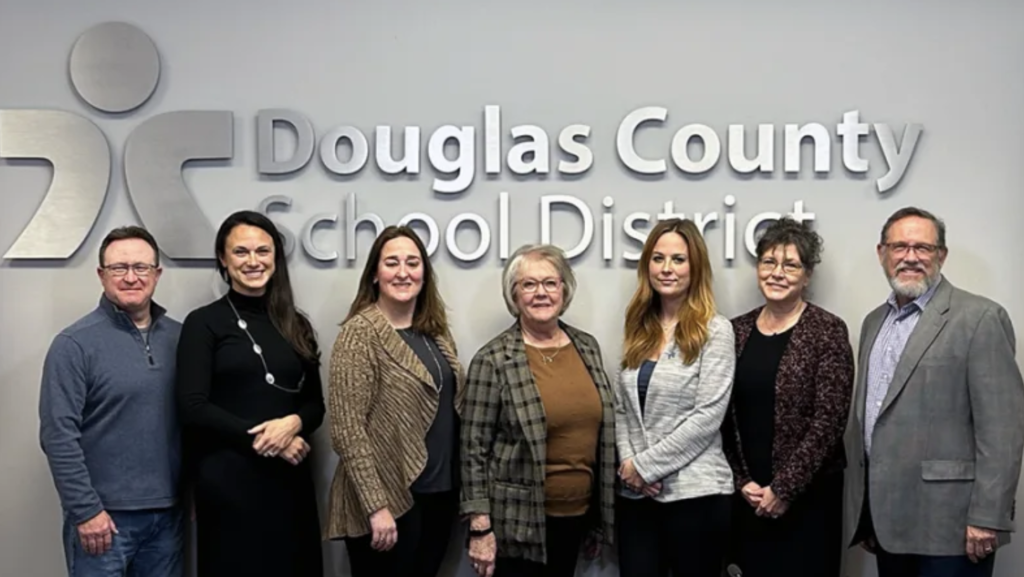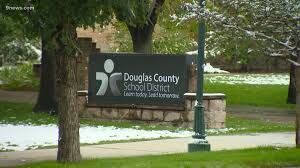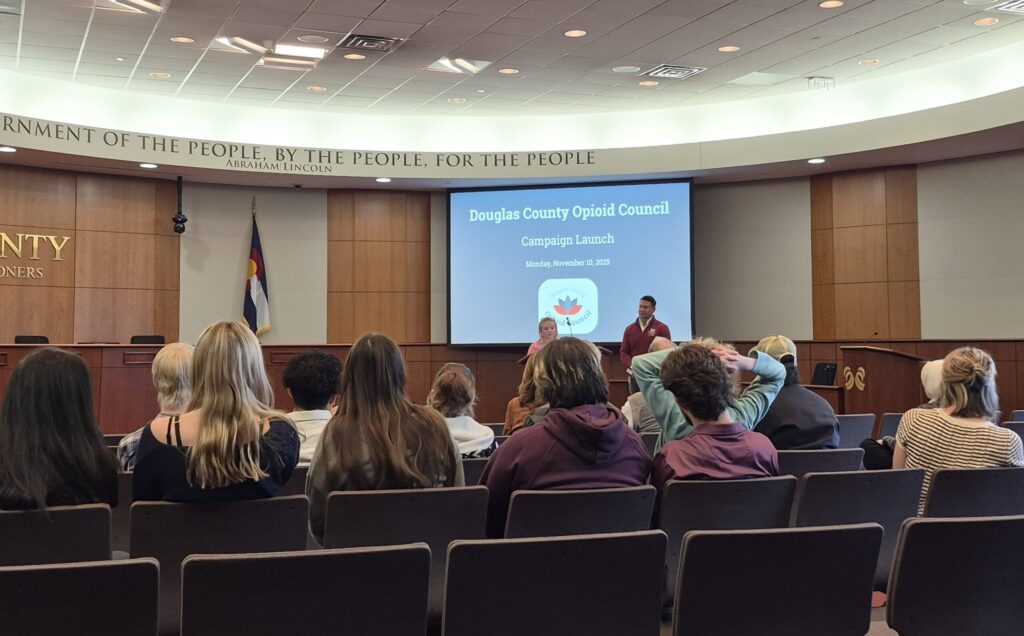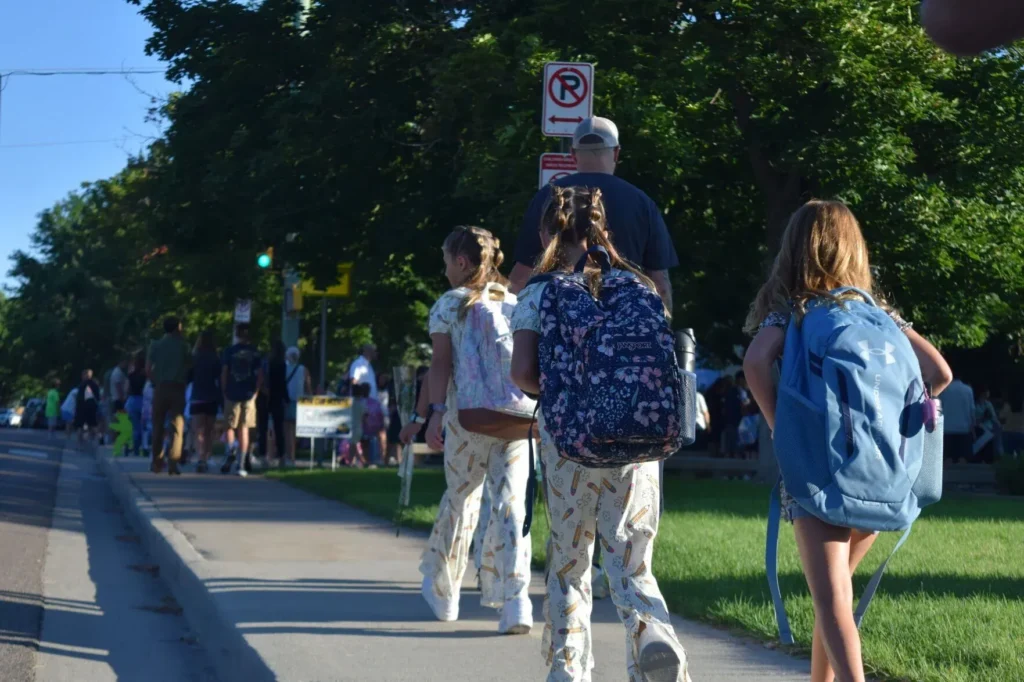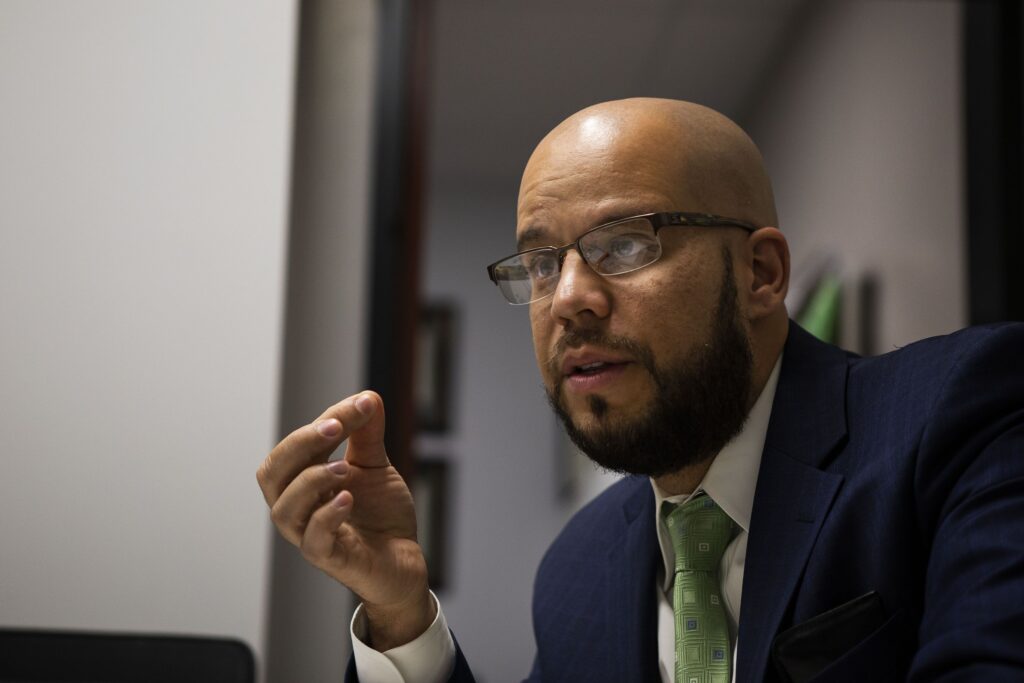Denver Public Schools, which has taken on billions in debt, depends on bond measures for repairs
Denver voters have approved $4.3 billion in bond measures and mill levy overrides since 1988 sought by Denver Public Schools to maintain the aging buildings and support classroom instruction, The Denver Gazette has learned.
That consistent support every four years has proven critical because Denver Public Schools lacks a long-term facilities plan, reflecting a pattern, not an anomaly, of a district that relies heavily on voters to fund basic needs.
That $4.3 billion figure omits a significant slice of the district’s debt.
DPS has taken on additional obligations — without voter approval — through an arrangement using a shell entity known as the Denver School Facilities Leasing Corp. This financial structure is being challenged in court as unconstitutional.
Without new bond money, the district would face “hard choices,” DPS Chief Financial Officer Chuck Carpenter said.
“We don’t have a revenue stream that would replace the bond right now,” Carpenter said. “That would really force some really hard choices.”
Theresa Peña — who, starting in 2003, served on eight years on the school board, four as president — described the $4 billion in debt as “staggering.”
“Without a facilities plan, that doesn’t seem like a good use of taxpayer money,” Peña said.
The majority of those voter-approved amounts — roughly $4 billion — is money associated with seven different bond measures dating back more than three decades and increasing in issuance from $199.6 million since 1990.
That includes the nearly $1 billion voters overwhelmingly approved in November on the promise that every school — despite campus closures — would receive something. Superintendent Alex Marrero came under fire for delaying the release of his school closure list until after voters had cast their ballots on that bond question.
Meanwhile, the cost to taxpayers continues to climb.
The $4 billion tally reflects only the principal amount on bonds approved by voters, not interest or fees, which can significantly increase the overall cost to taxpayers.
For example, the repayment on the $975 million bond just passed is not to exceed $1.5 billion.
“As you know, mill levy is assessed based on property values,” Scott Pribble, a district spokesperson, said in an email. “So, as the property value fluctuates, so does the dollar amount that the district receives.”
Under the Colorado constitution, voter approval is required to acquire public debt.
That requirement has shaped how DPS has managed its aging infrastructure.
Robin Pulliam, a former DPS deputy chief of staff laid off in 2022, said she tried to shift the district away from what she described as a “break-fix model” of deferred maintenance and toward a more proactive approach to its aging buildings.
Budget constraints — not unique to DPS — often mean delayed or deferred maintenance for older buildings. Over time, small problems, such as a leaking roof or cracked boiler pipe, can become major capital expenses. Fixing a problem later, rather than sooner, typically costs more than early intervention.
“From my perspective, the break-fix model is much more expensive,” Pulliam said.
Across DPS, the average building age is 55 years old. Additionally, 17% of the district’s facilities are registered as historic landmarks — something that suggests repairs must meet strict preservation standards that can be more costly.
“We have a consistently aging infrastructure and we don’t have a proactive budget to get out ahead of break-fix items,” Pulliam said.
While with the district, Pulliam oversaw bond and mill levy planning, including the 2016 ($572 million) and 2020 ($795 million) bonds.
A significant amount of bond money is set aside for essential repairs. For example, in the 2024 bond, officials earmarked $301 million for critical maintenance.
According to the district, nearly $1 in $3 of the $975 million bond package approved last year will be used to update the district’s aging buildings.
Maintenance isn’t sexy.
“To be perfectly frank, it’s a PR challenge,” Pulliam said.
New gyms and air conditioning for older buildings with classrooms that can reach 95 degrees are frequently needed to get voter approval, Pulliam said.
The 2024 bond also had $240 million to provide air conditioning for 29 schools, affecting more than 20,000 students.
“You can’t do a ribbon cutting for a new boiler,” Pulliam said.
In 2019, DPS conducted what’s called a “facilities condition assessment” that identified $7.9 billion in rebuilding and replacement costs across the district. Best practices suggest that these assessments should be done every three-to-five years.
While the district conducted a “second round” assessment from 2020 to 2023, those reports were site specific, Pribble said, adding the district’s next assessment is being designed.








